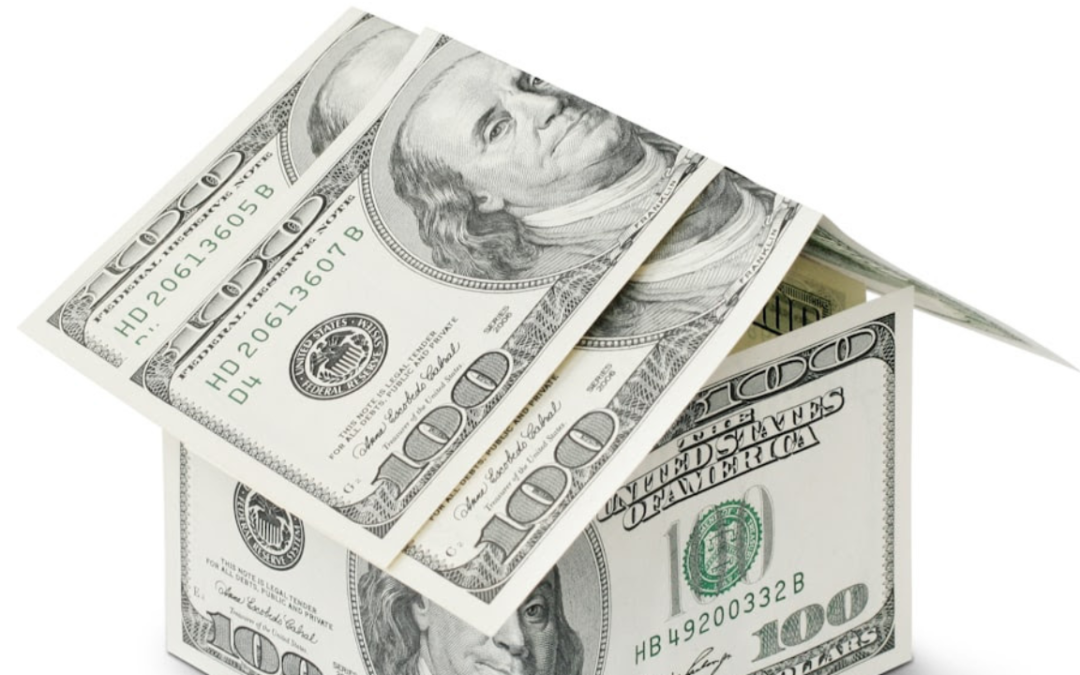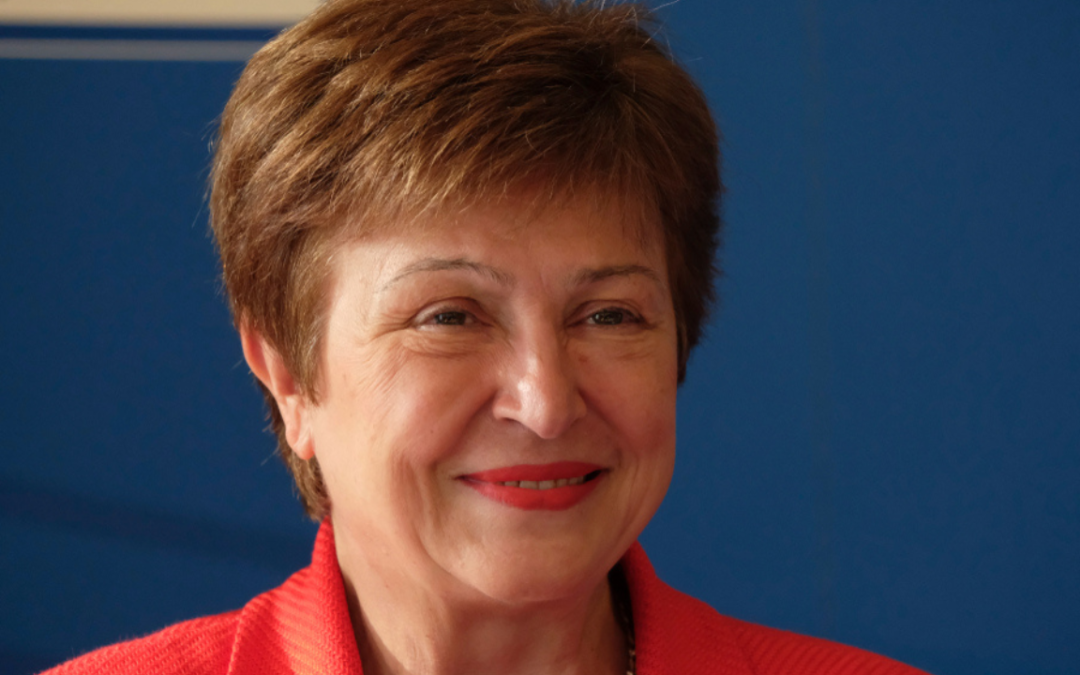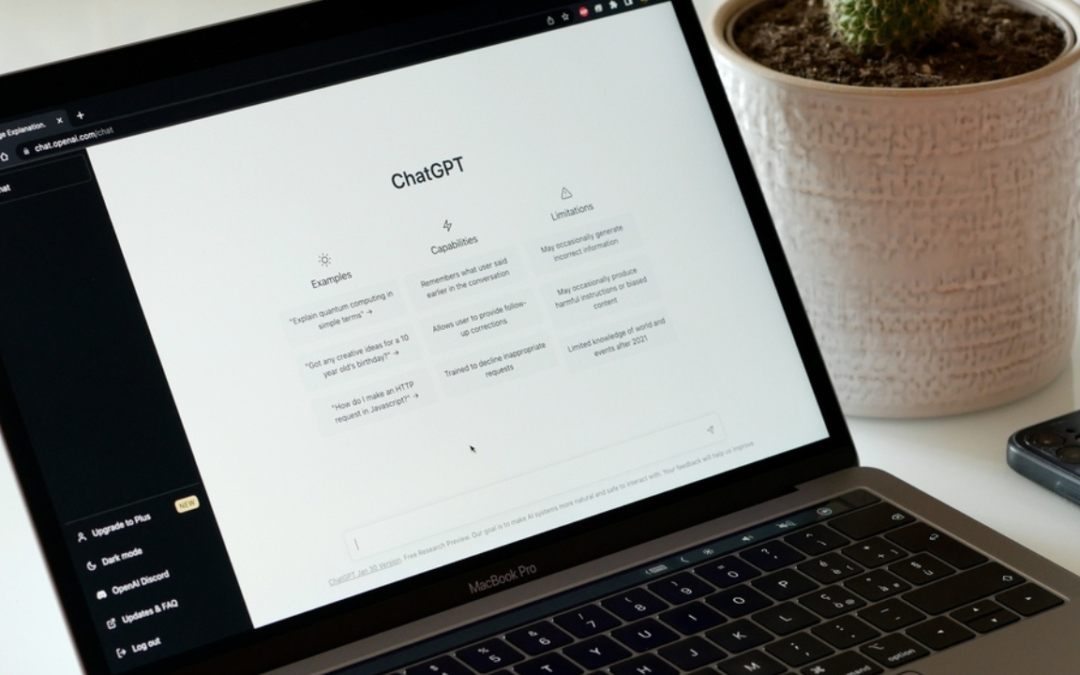For the past six months investors, economists and central bankers have divided themselves into two opposing and increasingly hostile inflation camps. Chris Giles of the Financial Times has dubbed them ‘team transitory’ and ‘team permanent’, evoking images of rugby scrums, replete with torn and muddied jerseys.
Indeed, the debate is vigorous and, is so often the case with social media discourse, at times even unsavory. Noses have been bloodied. Bundesbank President Weidman, who over a decade has unsuccessfully sparred with his European central banking counterparts about the conduct of monetary policy, recently resigned, apparently because he was yet again losing the inflation debate to ECB President Lagarde.
But more than schoolboy or professional honor is at stake. Members of each side warn that growth, jobs, asset prices and perhaps even institutional and democratic legitimacy hinge on whether central banks accommodate temporary, supply-side induced price and wage increases (‘team transitory’) or tighten to prevent genuine demand-driven overheating (‘team permanent’).
We’ve written many times on the debate and won’t repeat ourselves here, except to say that the outcome remains too close to call. And, to reintroduce the metaphor favored by central bankers, the result largely depends on whether inflation expectations remain well-anchored or lose their moorings.
Yet even as the debate rages, it is important to consider how shifting perceptions of inflation and policy responses are playing out across capital markets. Those factors are beginning to drive significant divergence of returns across and within asset classes. That, in turn, offers fresh opportunities for astute investors.
For instance, in fixed income and currency markets, changes in asset prices are increasingly reflecting differences in expected monetary policy.
In Europe, markets expect looser for longer. Indeed, until outgoing President Weidman is replaced by another suitably anti-inflation economist (it is, after all, Germany), Lagarde’s dovish stance looks secure. Her view, and that of most of her ECB colleagues, is based on a belief that supply constraints lessen before inflation becomes entrenched in consumer and business behaviors. But it reflects concern that rising prices and higher Covid-19 infection rates pose significant risks to Eurozone growth.
In contrast, the Federal Reserve has announced a shifting toward a tighter policy, with expected tapering of asset purchases until mid-2022 followed by rate hikes soon thereafter. Recently, Vice Chairman Clarida, New York Fed President Williamson and St. Louis Fed President Bullard have echoed those sentiments. That’s also the view of investors as expressed in the ‘forward curve’, which discounts roughly 50 basis points of Fed rate hikes by end-2022. Even the possibility that Lael Brainard might replace Jerome Powell as Fed Chair doesn’t appear to faze the growing hawkish consensus in financial markets.
Accordingly, US and European fixed income markets have begun to de-couple. Two-year US yields have risen some 25 basis points this month, while similar maturity European yields have fallen by nearly as much. The spread between German and US ten-year note yields has widened in recent weeks. Unsurprisingly, the euro has slumped against the dollar, losing nearly 2.5% in November alone.
Yield curves are also shifting differently according to the relative stances of monetary policy. In the US, the curve has ‘bear flattened’ over the past three months, as all yields have risen, led by those at shorter maturities. That’s typically a sign that policy rates are going up with the intention of slowing growth. In Europe, meanwhile, the yield curve has flattened somewhat, but more important has been a sharp decline in short and long-term interest rates, reflecting a view that the ECB will be ‘looser for longer’.
Divergence of sector and factor returns is also increasing within global equity markets. Last month, S&P Dow Jones reported the largest increase in index dispersion of returns for 2021. Among the biggest capitalization stocks, return dispersion has jumped to its highest readings in a decade. Previous market darlings, such as the energy or financial sector, are slipping in both absolute and relative terms, ceding performance to safer growth stocks. Winners and losers are becoming more pronounced.
Notably, nearly a fifth of equity index constituent members are down for the year. For casual observers, that may come as a surprise. After all, the most popular narrative is that rising equity markets reflect complacent or indifferent investor attitudes toward inflation risk. Matters are more subtle. While equity investors may not collectively be discounting enough risk, they are beginning to rearrange their holdings in manners consistent with increasing inflation and monetary policy uncertainty.
Above all, one thing remains all-but-certain: Inflation will dominate market psychology for longer. Supply disruptions will take months, perhaps even years, to alleviate. Barring renewed global pandemic fears or some other shock, high household savings, surging corporate profits and fiscal largesse will underpin demand. Pressures on prices and wages will not abate soon.
Still, while inflation may be present in all geographies, judgments about outcomes and policy responses reasonably differ. Interest rate levels, yield curves, spreads and exchange rates will increasingly reflect those differences, a departure from the norms of recent years. Those variations in interest rates and exchange rates, in turn, reflect fundamental divergence in growth rates and profitability, suggesting that recent jumps in the dispersion of returns within equity markets is also apt to persist.
Inflation is here. So is divergence. And so, too, is a fresh opportunity for mindful investors.



